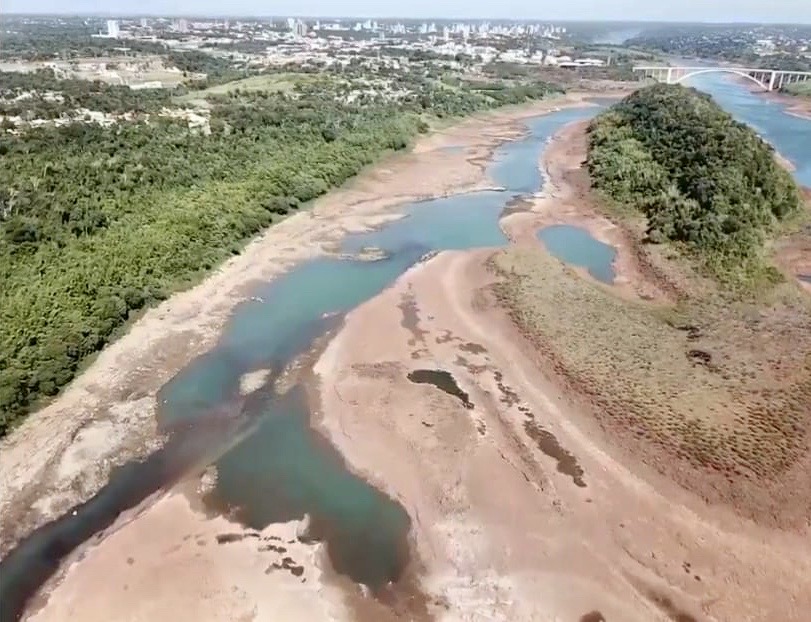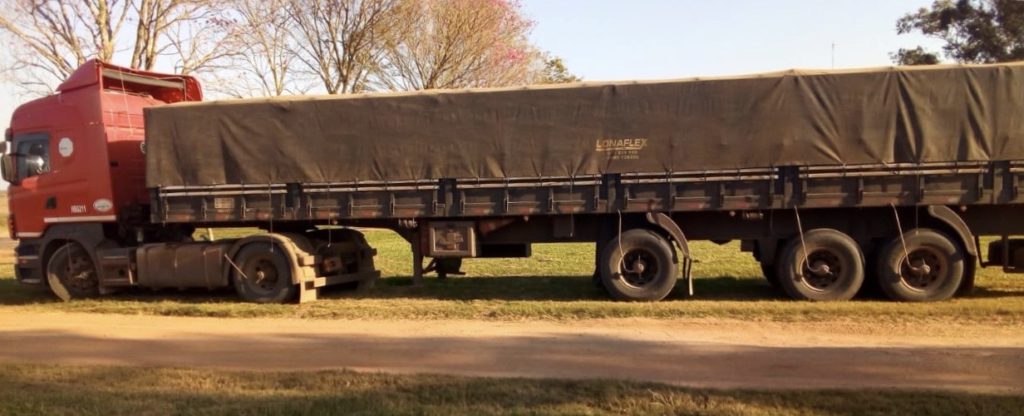Harvest status: Harvest is now completed and the final plots where harvested on April 5. Drying process of the production is also completed; it’s the most critical operation after harvesting a rice crop. Drying reduces grain moisture content to a safe level for storage. When rice is harvested, it will contain up to 25% moisture. High moisture level during storage can lead to grain discoloration, encourage development of molds, and increase the likelihood of attack from pests. Therefore, any delays in drying reduce grain quality and result in losses.

Based on preliminary results, around 12,200 dry tons of paddy rice have been produced for this campaign (meaning a dry average yield of 8t/has) with an average index of quality above 56%. We are pleased with those preliminary results given the dry weather conditions registered (hot and dry with very few small irregular rains). We had to face several restrictions periods of water pumping (either whole or partial) from the river imposed by the authorities. Some rice producers downstream had even to abandon part of their production due to dryness and lack of water to irrigate their fields.

Thanks to our artificial lack of 480 has and an efficient management of water, we could mitigate effects on the production.

Market situation: in response to growing concerns over the spread of COVID-19, Paraguayan authorities have announced the extension of the current home isolation order until April 19. All international borders are now closed until further notice. Only Cargo shipping will be permitted to cross the borders.
However, below normal rains in the Parana-Paraguay water basin is hampering grain transport through waterways in Argentina as the water level of the river has dropped significantly. The water level of Parana river at Puerto Rosario is barely one meter and the last time it was below one meter in this region was on January 10, 1989, according to a report from BCR (Bolsa de Comercio de Rosario).Grain carrying ships need to reduce the loading according to the level of water. (cf. Article from La Nacion dated 15/04/20).

This comes at a time of the peak harvest of corn and soybeans in Argentina. Moreover, truck movements in the country already face some issues due to restriction imposed to control the spread of COVID-19.This is not only impacting the delivery chain, but mills had also to postpone their purchase of material and producers had to stop their deliveries (sales) and stored their production (silos, in house or by 3rd party, silo bags).

On our side, we are currently completing the delivery of contracts concluded before quarantine was declared there. Our remaining production is stored in our silos of 9,000 tons capacity. It’s a significant competitive advantage to have its own facilities to avoid growing storage costs or lost in sill bags (manipulation lost and can not store for a long time Vs in silos).

